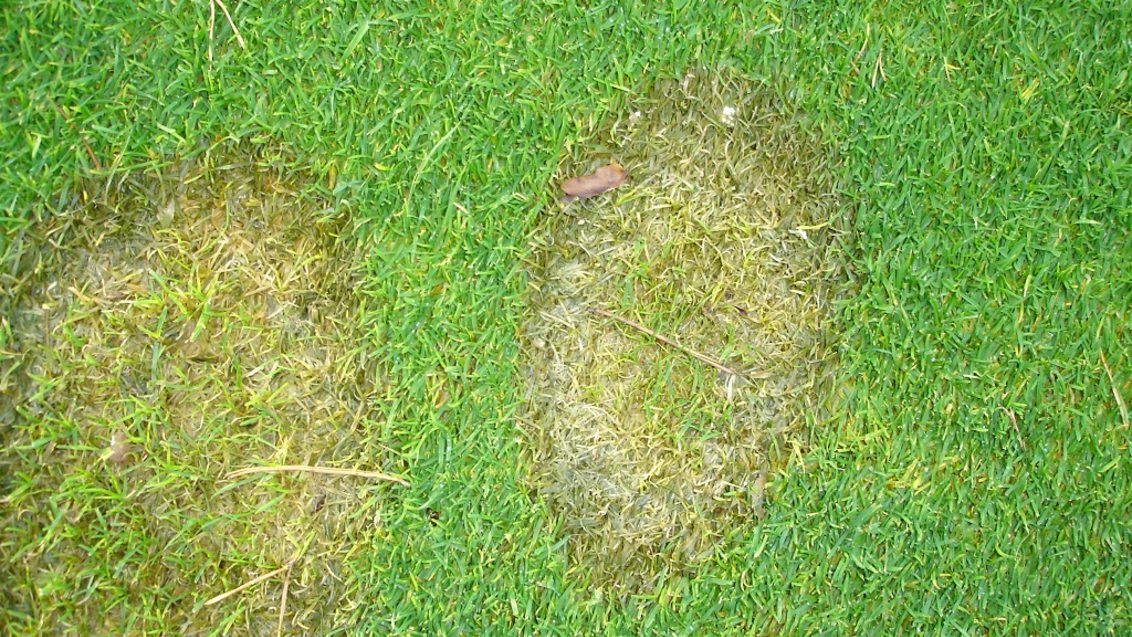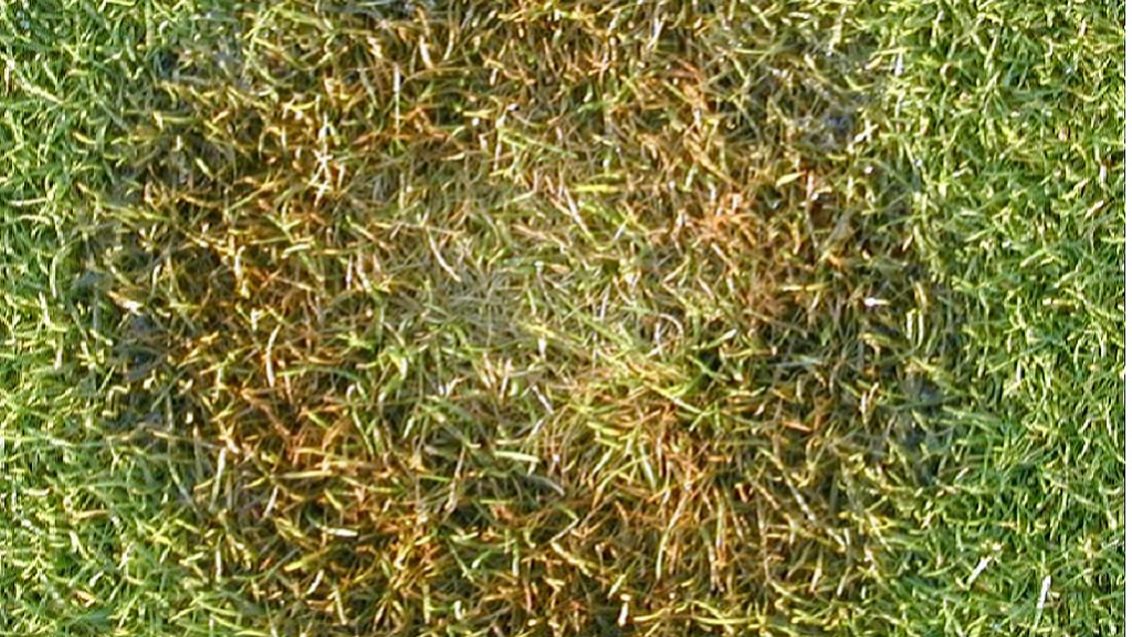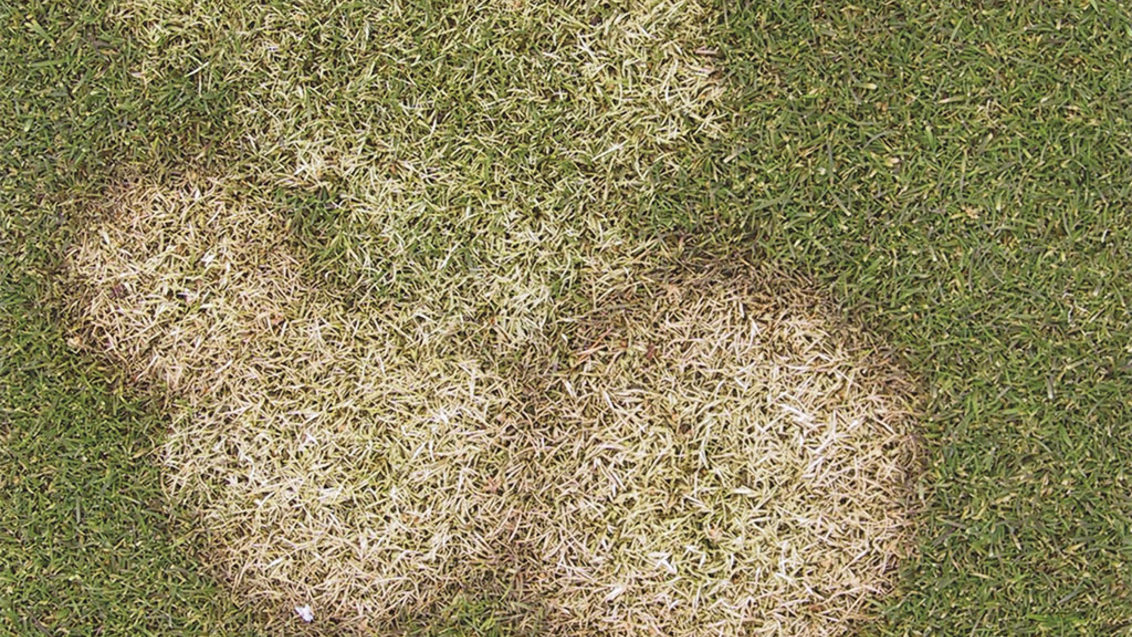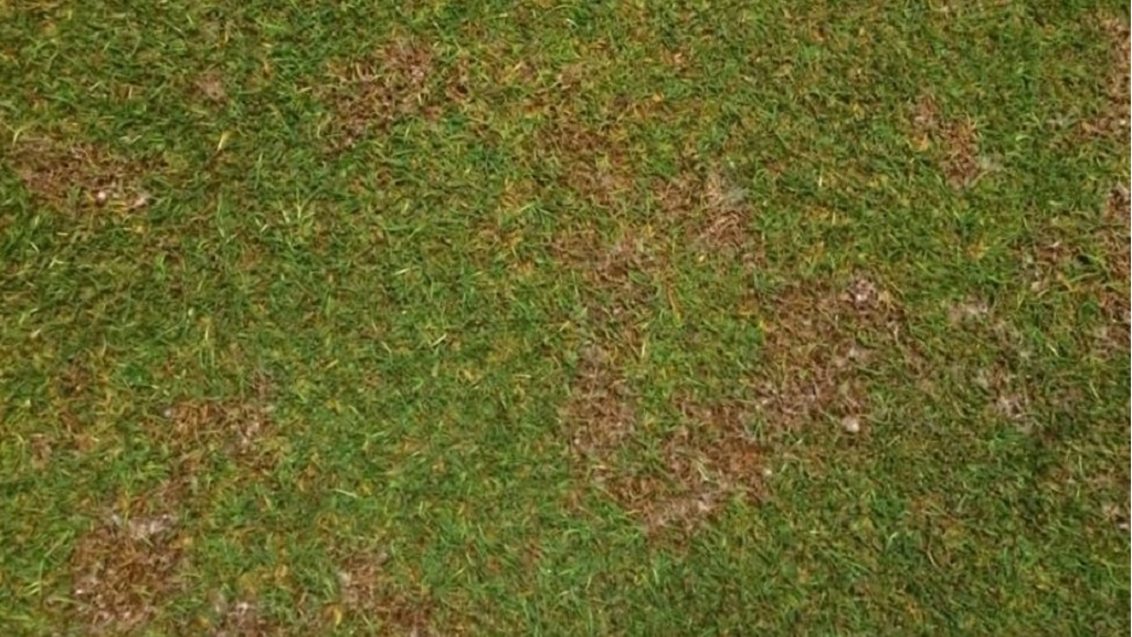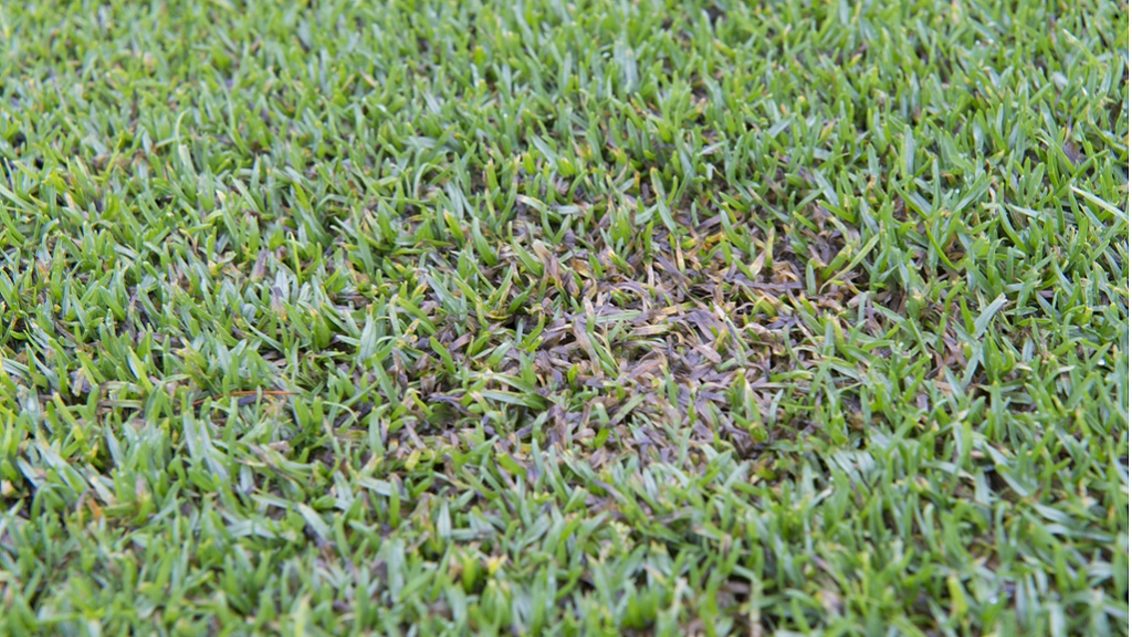Fusarium Patch
Turf Disease
What is Fusarium Patch?
Fusarium patch causes patches that are yellow or reddish-brown in color and 1 inch to 6 inches in diameter. The periphery of the patches are reddish-brown or pink in color. “Smoke rings”—thin, brown borders around the diseased patches that appear only in the early morning—can occur. The patches occur in cool, wet weather. Blighting in streaks can also occur as a result of spore tracking on equipment wheels.
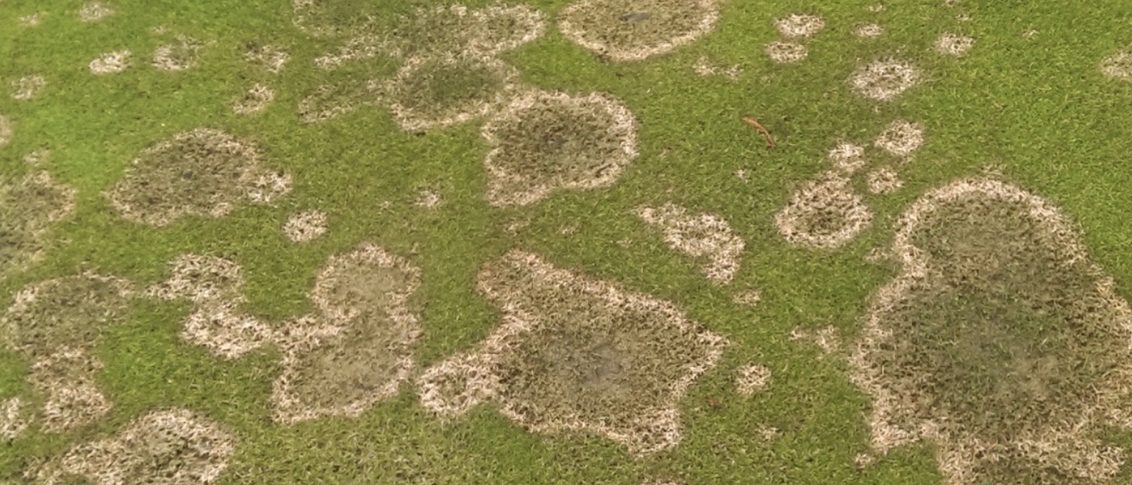
Causal Agent: Microdochium nivale (same species that causes pink snow mold)
Susceptible Turfgrass: Most species of cool-season turf
Symptoms:
- Early water soaked circular spots (less than 5 cm)
- Colour changes orange brown - reddish brown - light grey or tan (no more than 20cm)
- Closer inspection reveals water soaked dark margins in active spots
- May be confused with Pythium blight lesions
- Streaks easily - mower / run-off water
- Infection will rarely progress to crown or kill plants completely
- Humid, cool conditions may see the development of white mycelial growth and ultimately pinkish sporodochia
Conditions Favoring Disease:
Fusarium patch thrives in temperatures less than 15°C (but above 0°C) and in locations that experience more than 10 hours a day of foliar wetness for several consecutive days. It also favors areas high in nitrogen fertility and low in phosphorous and potash. Fusarium patch also infects areas with slow growing conditions and heavy thatch. Microdochium nivale is termed Fusarium patch when it occurs in the absence of snow cover.
Management Tips:
- Maintain balanced fertility but avoid urea sources of nitrogen.
- Avoid using lime. Alkaline soils enhance disease development.
- Increase air circulation to speed turf’s drying process.
- Minimize the amount of shade.
- Reduce thatch.
- Apply fungicides prior to or at the first signs of disease. Turf recovery is more likely in the fall. Make additional fungicide applications as needed during the winter (without snow cover). Turf recovery is slow during the winter so maintain a fungicide program to reduce turf damage.
Fungicidal Control: Preventative application provide optimal protection against Fusarium Patches.
The below products have a label recommendation for Fusarium Patch in UAE
|
Mode of action |
Systemic |
Systemic |
|
Dose rate |
3.2–6.4 l/ha OR 6.4–12.8 l/ha |
3–6 l/ha |
|
Water volume |
400 to 1000 l/ha |
400-800l/ha |
|
Optimum Timing |
Begin treatment in late Autumn / early Winter before disease is present. Treatment throughout the winter for temperate regions |
Begin application when conditions are favorable for infection prior to disease symptom development |
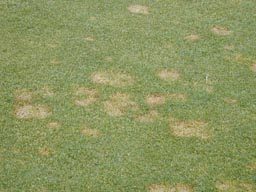
Fusarium Patch causes patches that are yellow or reddish-brown in color and 1 inch to 6 inches in diameter.
The periphery of the patches are reddish-brown or pink in color. "Smoke rings"- thin, brown borders around the diseased patches that appear only in the early morning-can occur. The patches occur in cool, wet weather. Blighting in streaks can also occur as a result of spore tracking on equipment wheels.
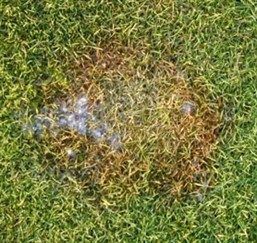
Labeled Products:
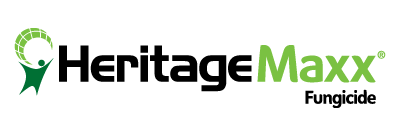

Other Diseases in this category:

